In a groundbreaking intersection of veterinary medicine and additive manufacturing, marine biologists and engineers have collaborated to create custom 3D-printed shells for injured sea turtles. This innovative approach is giving critically endangered reptiles a second chance at life in their natural habitats. The technology addresses a long-standing challenge in wildlife rehabilitation – how to effectively protect turtles with severe shell damage that would otherwise leave them vulnerable to predators and infections.
The inspiration for this project came from a loggerhead sea turtle named Andreas, who washed ashore on the Greek island of Syros with nearly 60% of his shell missing due to boat propeller injuries. Traditional rehabilitation methods proved insufficient for such extensive damage, prompting veterinarians at the ARCHELON Sea Turtle Rescue Centre to seek alternative solutions. They partnered with a team from the University of Patras' Mechanical Engineering department to explore the potential of 3D printing technology.
Creating functional turtle prosthetics presents unique challenges that differ significantly from human medical applications. A sea turtle's shell isn't just protective armor – it's biologically active tissue fused with the animal's skeleton. The team spent months studying the biomechanics of turtle shells, analyzing how they distribute stress during swimming and how they grow throughout the animal's lifespan. This research informed both the material selection and the design approach for the prosthetic shells.
The manufacturing process begins with detailed 3D scanning of the injured turtle's remaining shell structure. Using specialized software, engineers then design a lightweight prosthetic that perfectly matches the contours of the individual animal. The team experimented with various materials before settling on a medical-grade polymer that offers durability, flexibility, and biocompatibility. Each prosthetic consists of multiple interlocking segments that accommodate the turtle's natural movements while providing complete coverage for damaged areas.
One of the most remarkable aspects of this technology is its customization capability. Unlike traditional fiberglass patches used in turtle rehabilitation, the 3D-printed shells can be precisely tailored to each animal's unique injuries and body shape. The prosthetics incorporate strategic ventilation holes to prevent moisture buildup and allow for natural shell growth underneath. Advanced features like hydrodynamic shaping actually improve swimming efficiency for turtles with extensive shell loss.
The rehabilitation process doesn't end with shell attachment. Each turtle undergoes extensive monitoring to ensure proper fit and function. Veterinarians check for signs of irritation or restricted movement, while biologists observe feeding behaviors and swimming patterns. The team has developed a special waterproof adhesive system that securely bonds the prosthetic while allowing for periodic removal and adjustments as the turtle heals.
Beyond individual animal care, this project has significant implications for marine conservation. Sea turtles face numerous threats including boat strikes, fishing gear entanglement, and pollution. Many injured turtles that would have previously been deemed non-releasable can now return to wild populations thanks to these prosthetics. The research team has made all their designs open-source, encouraging global collaboration to improve the technology and make it accessible to rescue centers worldwide.
As the technology evolves, researchers are exploring next-generation enhancements. These include shells with embedded sensors to monitor turtle health and environmental conditions, as well as biodegradable versions for temporary use during healing. The success of 3D-printed turtle shells has sparked interest in adapting the technology for other injured wildlife, potentially revolutionizing how we approach rehabilitation across species.
This remarkable fusion of biology and engineering demonstrates how cutting-edge technology can provide compassionate solutions to conservation challenges. By giving injured sea turtles their natural armor back, scientists aren't just saving individual animals – they're helping preserve entire ecosystems where these ancient mariners play crucial ecological roles. The sight of a turtle swimming freely with its custom prosthetic shell serves as powerful testament to human ingenuity in service of nature.

By /Jul 7, 2025
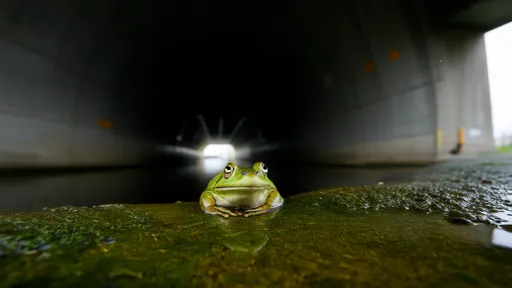
By /Jul 7, 2025

By /Jul 7, 2025
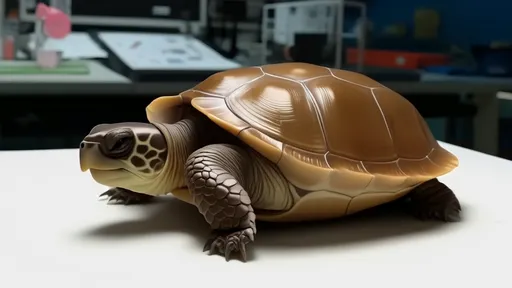
By /Jul 7, 2025
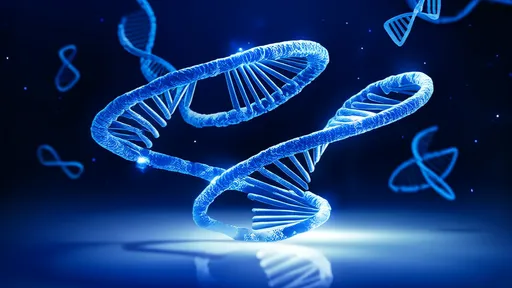
By /Jul 7, 2025
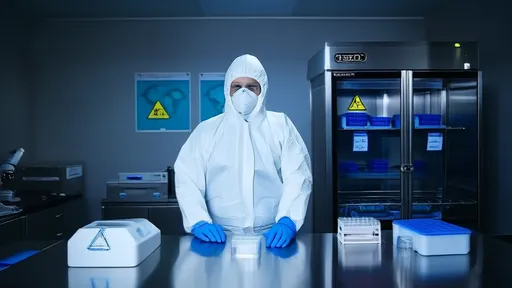
By /Jul 7, 2025

By /Jul 7, 2025

By /Jul 7, 2025
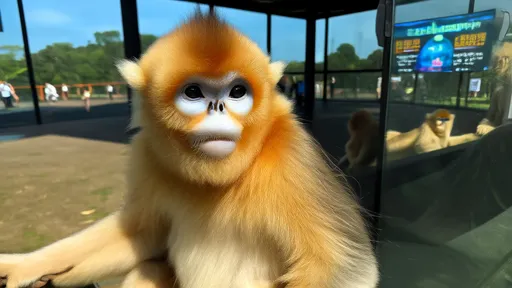
By /Jul 7, 2025
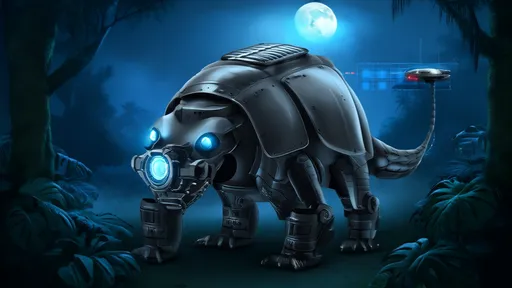
By /Jul 7, 2025

By /Jul 7, 2025
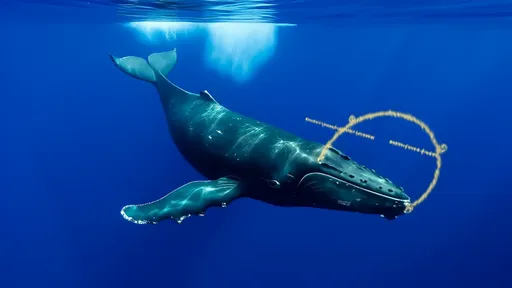
By /Jul 7, 2025

By /Jul 7, 2025

By /Jul 7, 2025

By /Jul 7, 2025

By /Jul 7, 2025

By /Jul 7, 2025
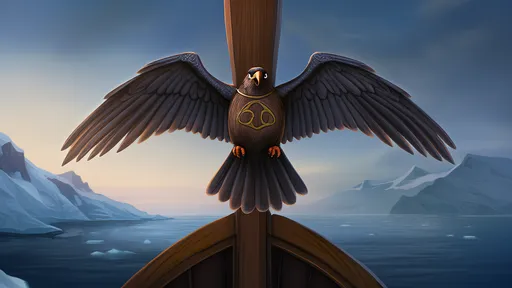
By /Jul 7, 2025